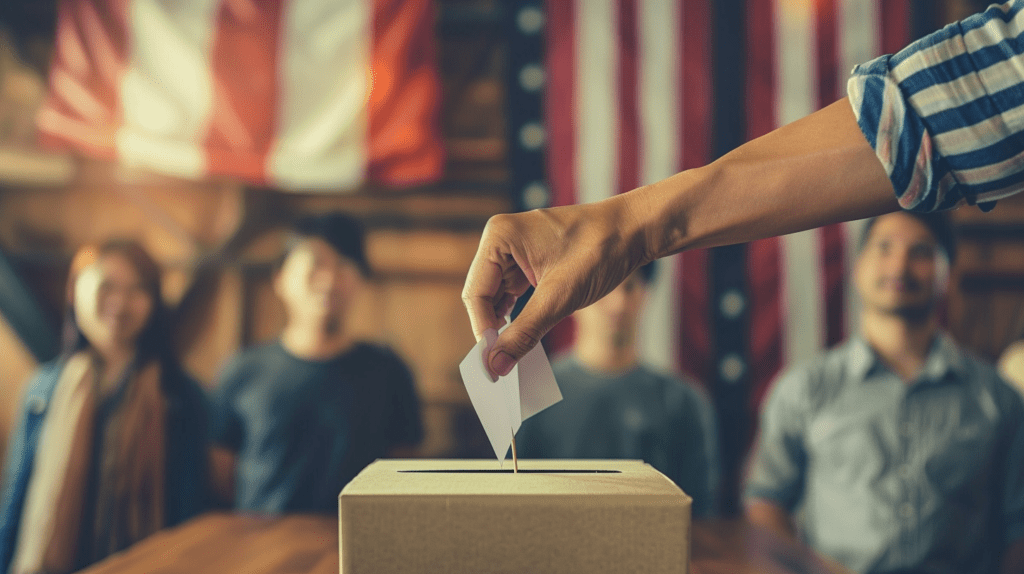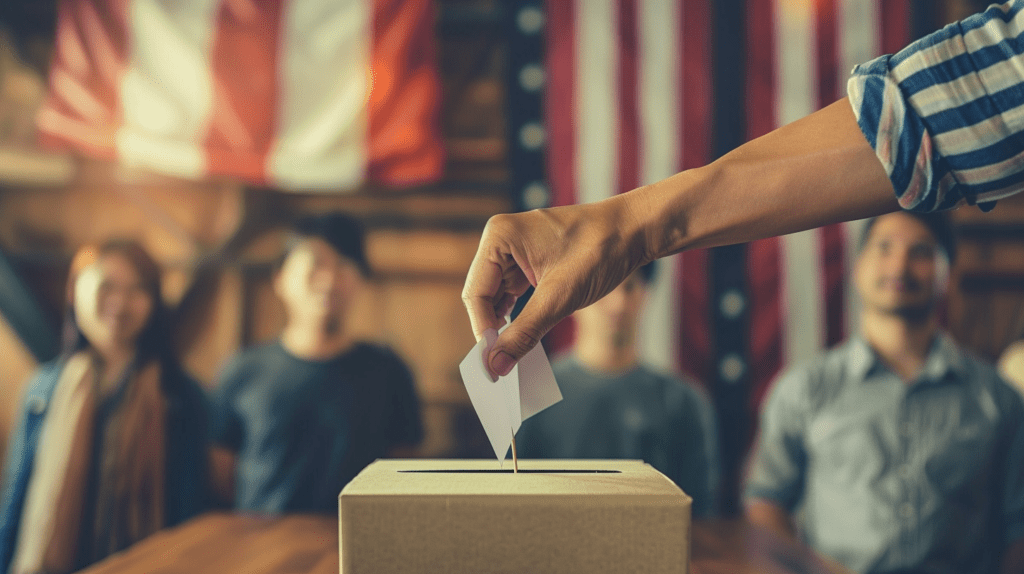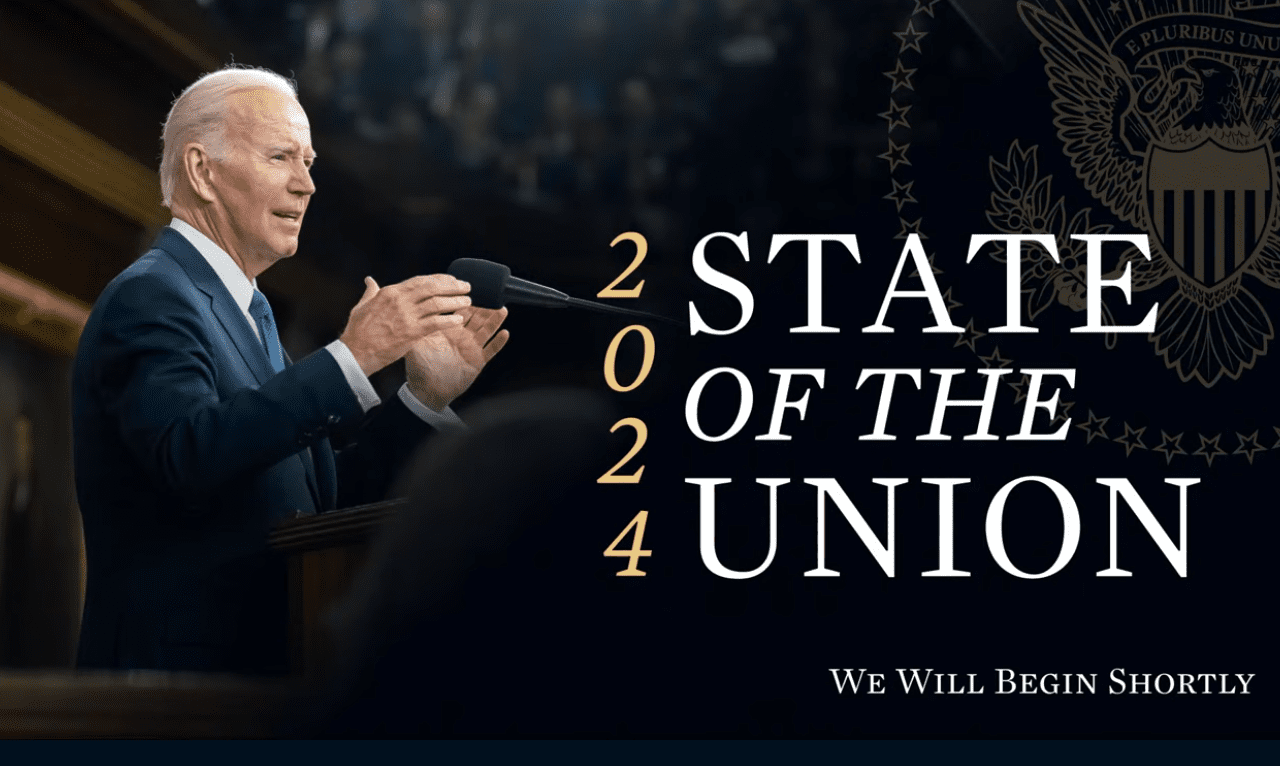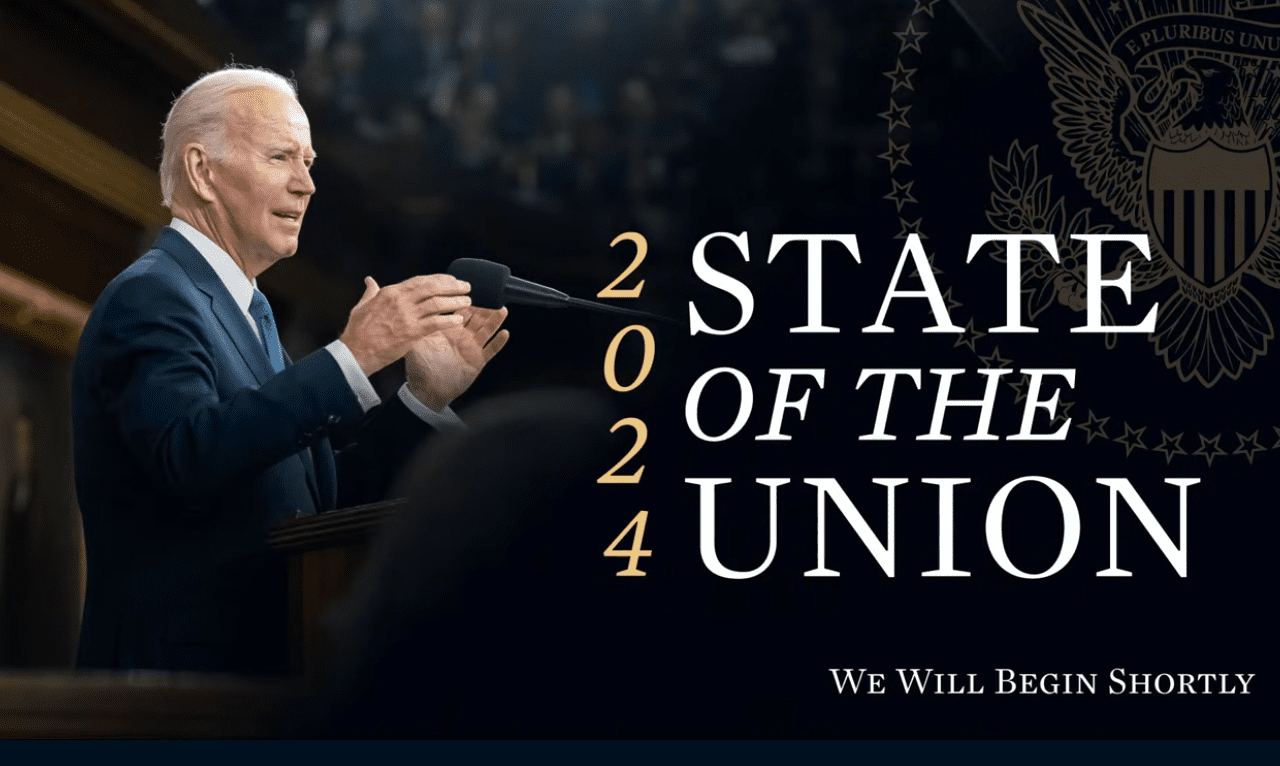Power is the water we swim in; the air we breathe. So pervasive we forget, ignore, or never even become fully aware of it.
It’s the ability to offload risk and responsibility if things go wrong, while accruing credit and authority if things go right. Blame flows downward, and reward flows upwards.
Where does power derive from? In a just world, it comes from knowledge, mastery, excellence, and merit. In an unjust world, it comes from itself — power qua power.
What is power?
This is a work in progress:
- Power is a “strong force” acting on us everywhere, in every interaction.
- Power is having the luxury of meeting a lack of resistance to one’s directives, desires, or assumptions. Friction tends to “get out of the way” of those in power.
- It’s the ability to get what you want to have done, done.
- The ability to influence others to your way of thinking.
- Having enough gravity to warp reality — a reality-distortion field. Controlling reality itself.
- It is the ability to hack your inner People Pleaser.
- The ability to ignore feedback loops.
- The ability to accrue accolades and offload risk: Offloading risk and responsibility
- The ability to appear confident without any supporting factual basis.
- The ability to make claims and have them taken seriously, at face value.
- The ability to control reality.
- The ability to say something enough times that, despite insufficient evidence, you can make it become “true.”
- The ability to make other people feel crazy about your own lack of memory.
- The expectation that others will read your mind and give you what you want before you even have to say it.
- The assumption that anything anyone else has to do takes them only 5 minutes and can be done by anyone without special expertise. The assumption that things you have to do are arduous, time-consuming, and require excessive skill.
- Now, in the age of instant 24/7 media orgy gratification, we are sitting ducks — waiting to be hijacked every day over some deliberately manufactured crisis.
- These days everyone seems to want Power without responsibility.
- Power is a FEELING.
- It flows from social dominance games.
- It’s the raison d’être of those who believe in a hierarchical worldview.
- It’s being able to export DISCOMFORT to others.
- It’s when you keep the fun parts & “delegate” the gruntwork to underlings.
About power:
- Who is the master and who is the servant?
- Who gets to do what they want, and who has to do what others say?
- Who gets to do the eay stuff, and who has to do the hard stuff, the “gross” stuff — the “work”?
- Power is authority:
- Who gets taken seriously, and who is dismissed?
- Whose ideas matter?
- Whose lives matter?
- Who has status for “knowing”?
- Power is not having to resolve your own contradictions. You get to harbor conflicting beliefs without anyone ever calling you out on it.
- Contradictions are for lesser people to deal with.
- Where does power come from? Generally speaking:
- Knowledge or mastery — OR
- “Power qua power” — divine right of kings, etc.
- Tricks of power:
- vagueness
- citing invisible data you aren’t able to see
- controlling the agenda
- being “too busy” to have time for you
- unreasonable criticism
- refusing to be satisfied by any reasonable means
- Interrelation of power and control
- To avoid destroying ourselves, men will have to learn how to give up control and be more gentle; self-reflexive. Yet I don’t see this happening — instead they prefer their power games and petty squabbles
- Privilege is about being groomed to control
- Having material needs met is not enough — American culture trains us to believe that we need psychological domination to “be happy.” We confuse the rush of power with happiness — and for some, it’s all they know.
- Power is a story the powerful made up, and got everyone to believe.
- Some are True Believers
- Some just recognize it as useful
- Others become True Believers along the way
- Power is a very large lensing effect. It’s seen as “right” and sees itself as “right” no matter what, or how clueless
- 1% power: the theater of friendly coercion. Get everything leveraged up just below the threshold of detectable overt tyranny.
- The rich and powerful are so rich and powerful that their main obstacle left is Mother Nature herself taking their life away. They hate the messy organic reality of life and all its flaws and limitations.
- Celebrity culture = denial of death. Leveraging fame as a way to live on, and have the kind of wealth and power that insulates one from many dangers
- Power only has ears for what it wants to hear.
- Its invisibility; its unseen nature can make it awesome or insidious.
- Too much power for state laws to create unsafe conditions for you, plus too little power of social mobility under late-stage capitalism (i.e. harder and harder to “vote with your feet”) = sowing conditions of tyranny.














